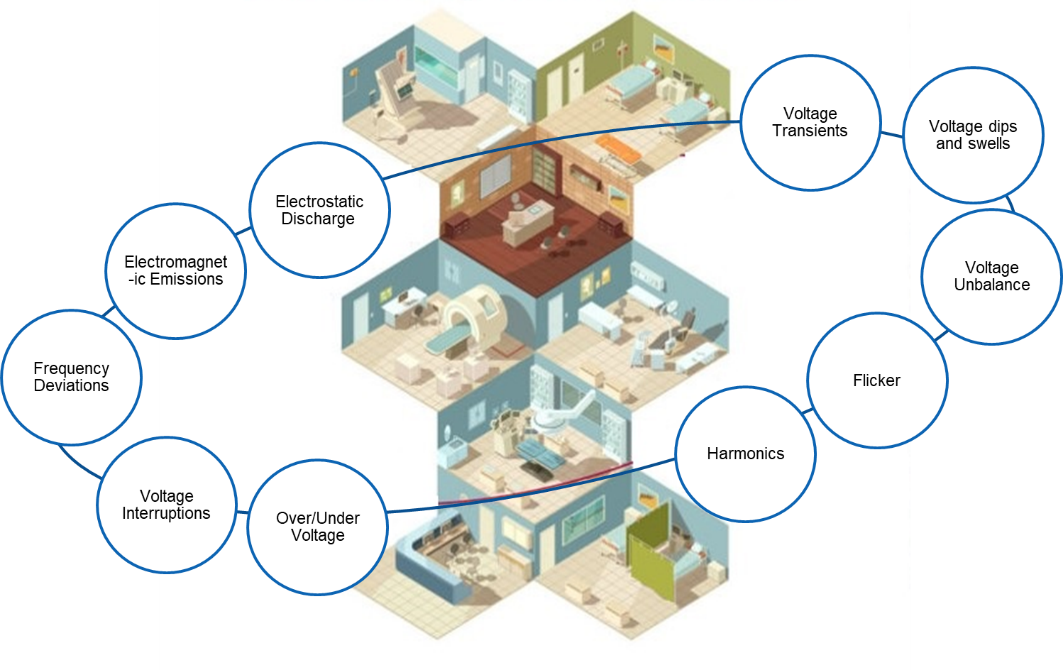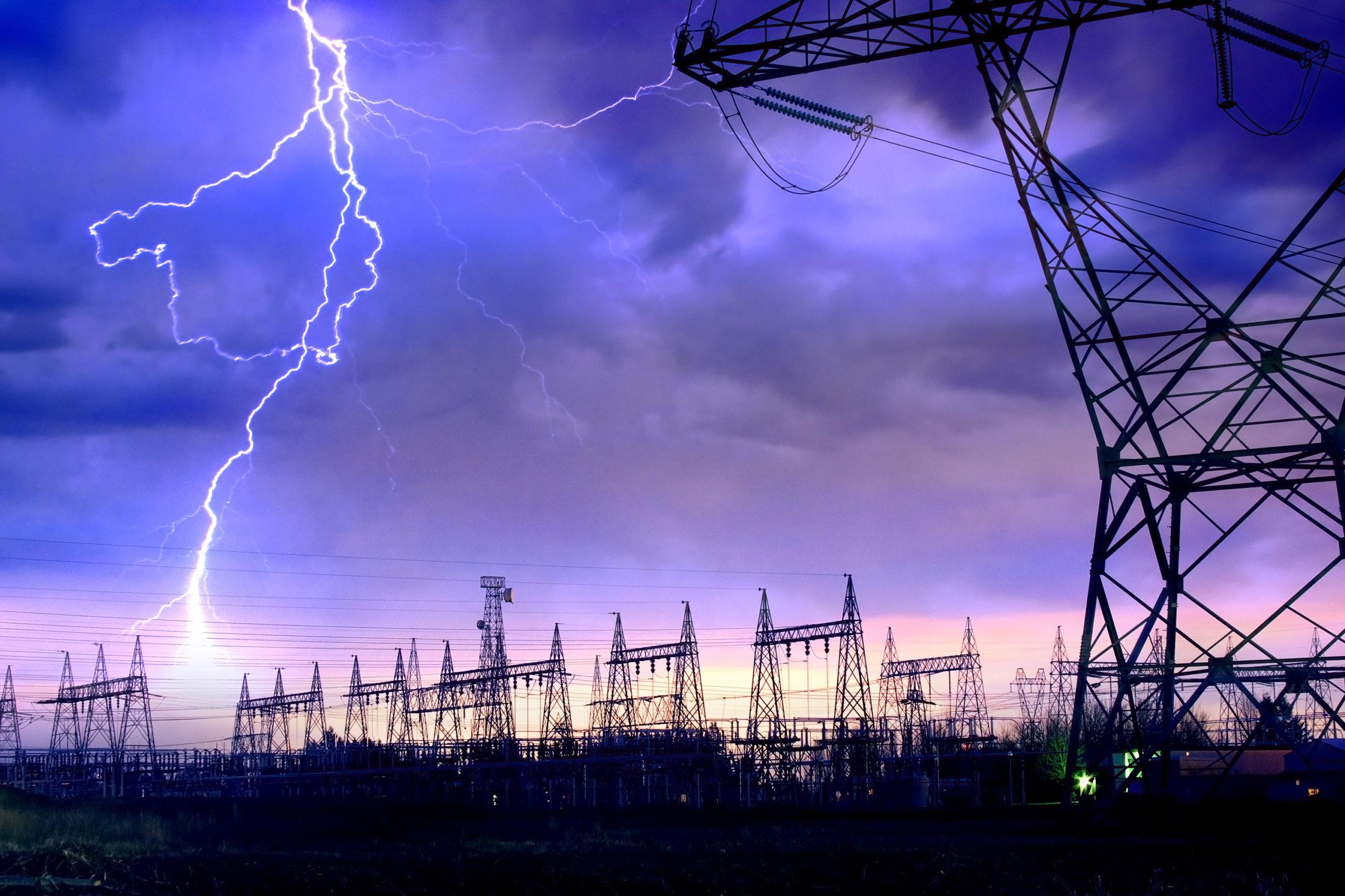With the increase in construction of high rise-buildings, new smart cities in plan and coming up of new industrial zones, fire safety continues to be a concern due to rise in number of fire accidents now a days. Fire safety becomes very important and requires adequate measures to reduce the possibility of fire accidents and loss. In-adequate planning of the buildings & commercial area and lack of evacuation plan and insufficient monitoring of fire protection systems leads to major fire accidents which would have been avoided by just simply following the already in place rules and regulations and by timely auditing such systems.
The catastrophic fire accidents can be well averted by being complied with national building code and by following the safety measures.
Absolute safety from fire is not attainable in practice but most fires are preventable. The safest way to deal with fire is to prevent it.
Fire safety audit in a building is an effective way to assess whether fire safety systems are in place and are in compliance with National Building Code of India which clearly stresses on fire prevention, fire protection and life safety measures.
Part 4 of National building code of India covers the requirement for fire prevention, life safety in relation to fire and fire protection of buildings. The code specifies occupancy wise classifications and protection features that are necessary to minimize the danger of life and property from fire.
Fire in a building / workplace / commercial complex, loss of precious lives and damage to property & materials can be avoided by,
- Designing fire safe structures in line with mandatory safety regulations and relevant standards.
- Maintaining fire safe practices on a regular basis. Carry out fire risk assessment and keep it up to date. Based on the findings of the assessment, employers need to ensure that adequate and appropriate fire safety measures are in place to minimise the risk of injury or loss of life in the event of a fire.
- Awareness and regular firefighting and evacuation training to the occupants.
- Keep sources of ignition and flammable substances at safe distance & designated places.
- Avoid accidental fires, example - make sure heaters cannot be knocked over.
- Ensure good housekeeping at all times, example - avoid build-up of rubbish that could burn.
- Consider how to detect fires and how to warn people quickly in the event of fire, example - installing smoke alarms and fire alarms or warning bells.
- Install appropriate fire-fighting equipment for putting out fires quickly.
- Keep fire exits and escape routes clearly marked and unobstructed at all times.
- Ensure your workers receive appropriate training on procedures they need to follow, including fire drills.
- Review and update your risk assessment regularly. Now let’s see what National Building Code of India, Chapter 4 says about fire safety. It majorly talks about following 3 most important aspects of fire safety. The AC interference is due to three main phenomena: Inductive, conductive and capacitive coupling.
LIFE SAFETY
Every building shall be so designed, constructed, equipped, maintained and operated as to provide adequate means of egress to avoid undue danger to the life and safety of the occupants from fire, smoke, fumes or panic during the escape period. For high occupancy areas, it may be required to have annunciation, announcements and voice guided/aided system to direct the occupants towards safe egress routes, areas of comparative safety or exits and to avoid situation of panic during distress.
Life Safety majorly covers details about
- General Exit requirements
- Arrangement of Exits
- Number of Exits
- Number of Exits
- Doorways
- Corridors/Passage ways
- Horizontal Exits
- Internal Staircases
- External Staircases
- Pressurization of escape routes
- Ramps
- Refuge Area
- Fire Lifts/Fire Tower
- Emergency escape lighting/ Illumination
- Fire detection and Warning
FIRE PREVENTION
All buildings depending upon the occupancy use and height shall be protected by fire extinguishers, hose reels, wet riser, down-comer, yard hydrants, automatic sprinkler systems, deluge system, high/medium velocity water spray, foam, water mist systems, gaseous or dry powder system, manual/automatic fire alarm system, etc., in accordance with the provisions of various clauses of the National Building Code of India.
Fire Prevention covers following points
- Classification of Buildings
- Classification of Buildings
- Fire Zones
- Types of Construction
- Requirements common to all Occupancies
- Heating/Smoke venting
- Surface and Interior Finish
- Glazing/Casement/Skylights/Louvers
- Passive systems
- Requirements specific to individual Occupancies
Fire Protection mainly covers below points
- Extinguishers
- Small Bore Hose Reels
- Dry Riser
- Wet Riser
- Down comer
- Yard Hydrant system
- Automatic Sprinkler Installation
- Manual Fire Alarm System
- Automatic Fire Alarm System
- Underground Storage Tank
- Terrace Tank
- Ground level Pumps
- Terrace level Pumps
Additional features in Latest NBC 2016 are fire protection in Car parking facilities, Malls and Multiplexes, Hospitals and Hotels, Commercial cooking protection, Super high-rise structures over 100M intended for different occupancies and safety of Metro rail protection
It is possible to reduce fire accidents by having regular fire safety audit and assessing the risks on a regular basis. Fire safety audit not only is helpful in finding the anomalies / defects in the existing system but also gives us time to get the required changes done and avoid any dreadful fire accident by implementing the recommendations of the fire safety audit.
For more information on how to keep your premises fire safe, please write to us at [email protected]

.png)


